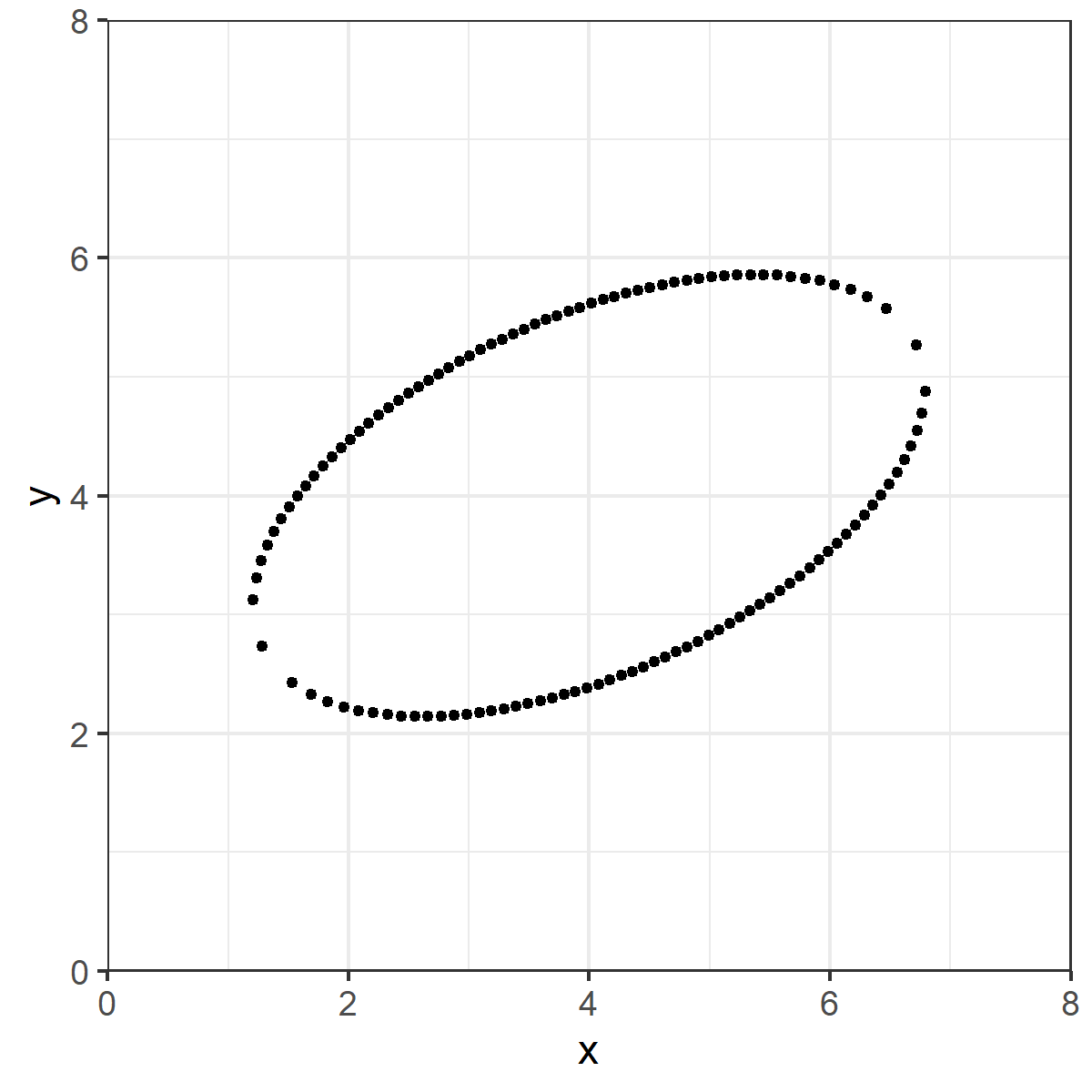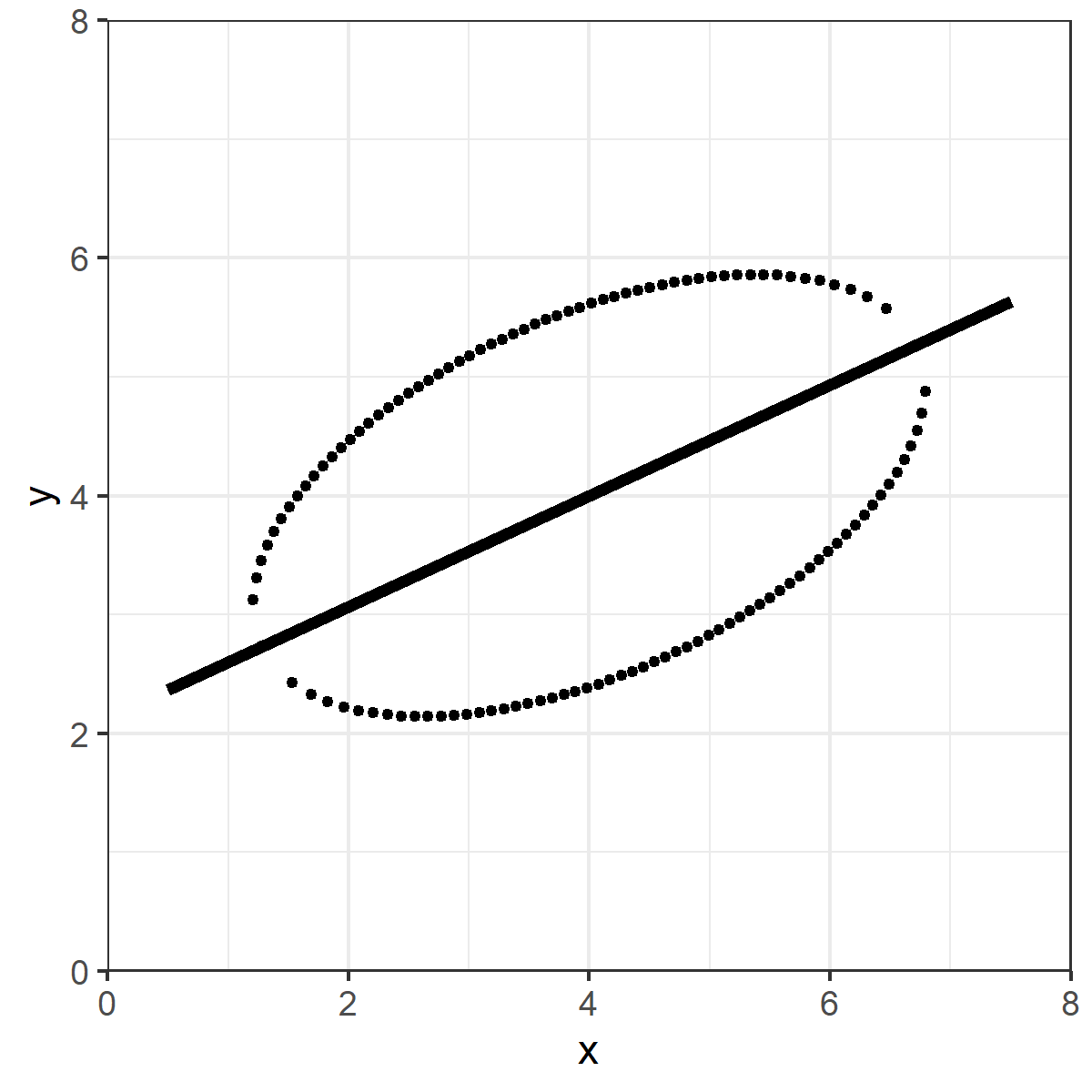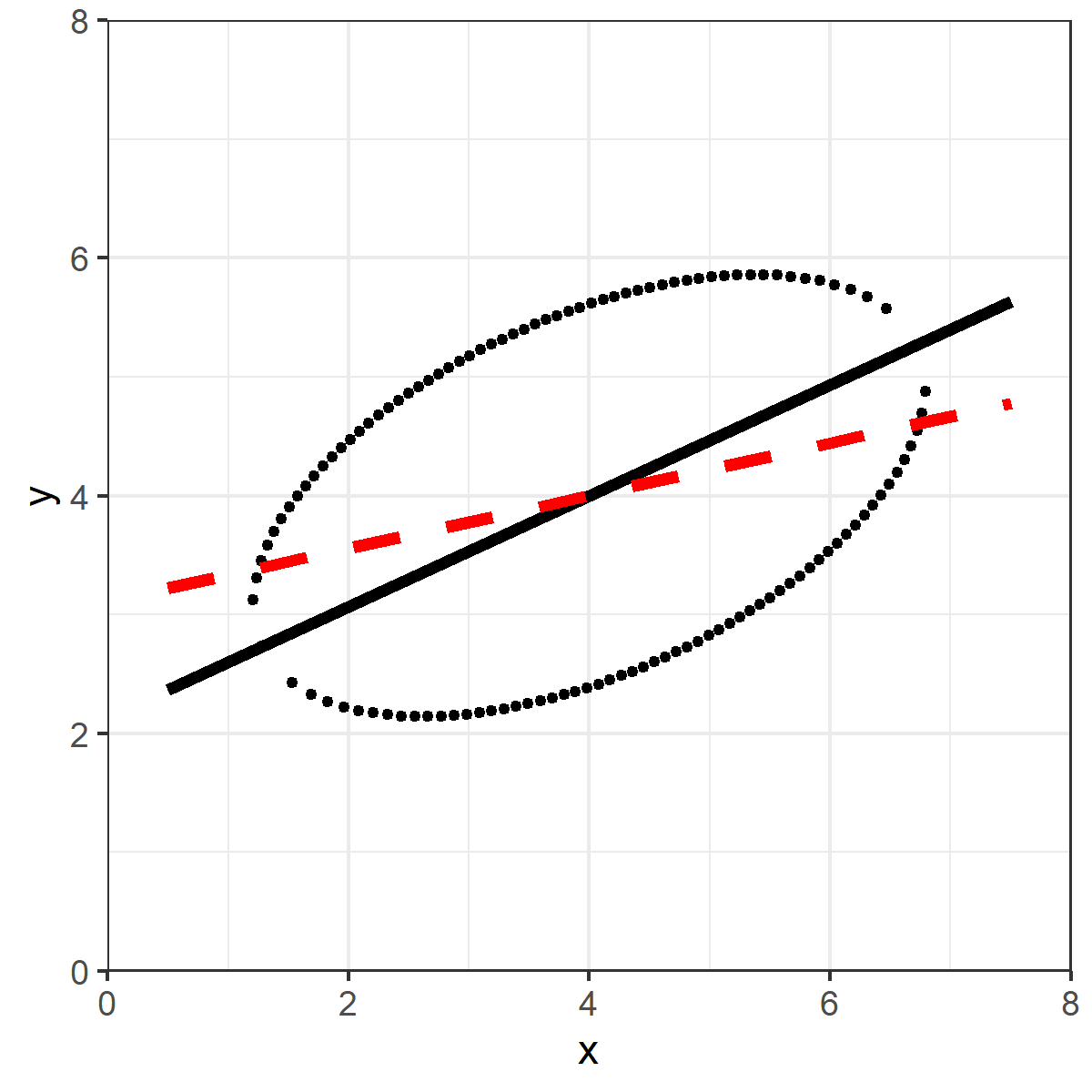
Broken record here, but speaking as a scientist who deals primarily with strength/quality of statistical evidence, the crux for just about everything in science lies in philosophy.
Many, if not most statistical evidence failures come from ignoring it.
Many, if not most statistical evidence failures come from ignoring it.
https://twitter.com/morallawwithin/status/1352764259005063168
You don't need to read the complete works of 10k dead white guys, but it's incredibly valuable to dive down the "what does this even mean" rabbit holes.
Can't promise it'll make you more productive, but it will almost certainly make you a better analyst.
Can't promise it'll make you more productive, but it will almost certainly make you a better analyst.
I am an amateur at sci phil, for what it's worth, but make sure to engage with those who know better to steer me in the right directions.
However, beware the "critical thinker" crowd. Often overconfident BS couched in pseudo sci phil. Hard to tell the difference.
However, beware the "critical thinker" crowd. Often overconfident BS couched in pseudo sci phil. Hard to tell the difference.
(also, yes, know the quoted tweet is a joke, but did want to point out that STEM and phil are deeply connected)
(i have no idea whatsoever how philosophy progresses or what that even really means, but science definitely progresses more when scientists engage more with the phil that is at the root of everything we do)
• • •
Missing some Tweet in this thread? You can try to
force a refresh









